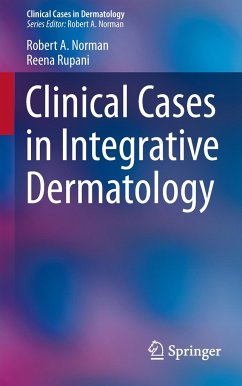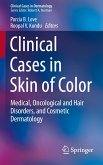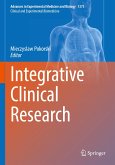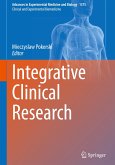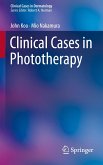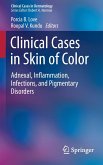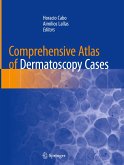Clinical cases are a key component in modern medical education, assisting the trainee or recertifying clinician to work through unusual cases using best practice techniques. Integrative Dermatology is an important discipline in this regard since it is a highly visual subject requiring the reader to describe often very subtle differences in the presentation of patients and define accurately the diagnostic and management criteria to base their clinical decision-making on. In 1992 the National Institutes of Health established the National Center for Complementary and Alternative Medicine (now also called Integrative Medicine), which has led to increased evidence-based research. The objective of this book is to provide readers with an overview of traditional and complementary treatment options for the most common skin problems encountered in clinical practice.
From the book reviews:
"This book offers an 'integrative' solution for 14 clinical cases in dermatology, each focusing on a different topic. ... The purpose is to educate dermatologists in the use of nontraditional therapeutic approaches for treating patients with skin disease. ... it is an interesting and quick read." (Patricia Wong, Doody's Book Reviews, January, 2015)
"This book offers an 'integrative' solution for 14 clinical cases in dermatology, each focusing on a different topic. ... The purpose is to educate dermatologists in the use of nontraditional therapeutic approaches for treating patients with skin disease. ... it is an interesting and quick read." (Patricia Wong, Doody's Book Reviews, January, 2015)

